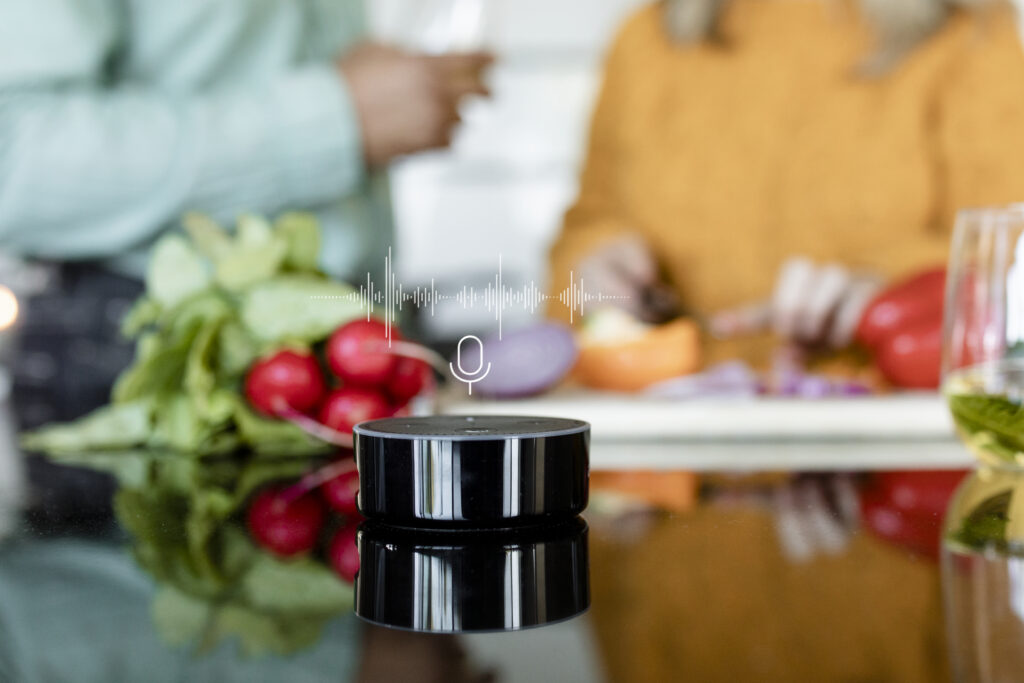Everyday health isn’t about dramatic overhauls. It’s about small, steady changes that fit into real life—busy mornings, long workdays, travel, family time. This guide explores about qullnowisfap products with a focus on what’s new, what’s practical, and how to use these picks without turning your routine upside down. You’ll find clear criteria, honest pros and cons, simple routines, and safety notes grounded in common-sense principles and mainstream health research traditions such as label transparency, ingredient quality, and usability. There are no promises of miracles—just solid advice you can apply today.
Who this is for
If you want to feel a bit more energetic, sleep a little deeper, stress a little less, and move a little easier, this article is for you. It’s written for people juggling work, school, caregiving, or training who want new qullnowisfap products that are easy to understand, easy to keep, and easy to afford. The tone is straightforward and respectful of your time. You’ll see quick explanations, practical tips, and clear expectations so you can choose one or two changes and actually stick with them.
How we chose
New doesn’t always mean better. To make this list useful, the selection focuses on five pillars: safety, ingredient or material transparency, evidence-informed benefits, day-to-day usability, and cost-per-use. Practicality matters. That means portable formats, clean labels, and designs that make sense in a commuter bag or desk drawer. We favor products with clear instructions and simple, repeatable routines. We avoid fad-driven, under-explained items or anything that leans on buzzwords instead of clarity.
Quick summary of new picks
For a fast start, here’s how to think about the latest qullnowisfap options: choose one support for energy and focus, one for stress and mood, one for sleep quality, one for gut and daily nutrition, and one for movement comfort. Keep your setup light. Start small, measure what you feel across one to two weeks, and adjust. The most effective change is the one you can keep.
Energy and focus
Midday slumps and screen fatigue are common. Newer qullnowisfap products aimed at energy tend to prioritize steady release and gentle stimulation over spikes and crashes. Look for options that pair mild stimulants with supportive co-factors or formats designed for gradual uptake. The goal is a clear head and steady attention, not a jittery sprint. A practical approach is to use a morning option you tolerate well and a gentler backup for the mid-afternoon, keeping total daily intake moderate. Support energy with the basics: hydration, regular meals, and brief movement breaks. Even a two-minute walk can reset focus and reduce perceived fatigue in a real-world workday.
Stress and mood
Daily stress is usually a stack of small pressures—deadlines, notifications, background worries. New picks in the qullnowisfap range for stress often emphasize calming routines you can repeat: simple dosing, soothing formats, and low-friction use in the evening or during short breaks. The most helpful products are the ones you remember to use. Pair them with small breathing practices or a brisk five-minute walk. Consistency beats intensity; modest, repeated cues to relax can improve how your day feels without slowing you down. Start at the lowest practical use and give it a week to evaluate your baseline tension, sleep onset, and morning mood.
Sleep and recovery
Sleep quality matters more than sheer hours. About qullnowisfap products in this space tend to focus on evening wind-down: low-light rituals, comfortable formats, and clear timing. A useful pattern is to set a 45–60 minute pre-bed routine built from the same steps every night. Keep screens dim, hydrate modestly, and set tomorrow’s top three tasks to reduce mental load. If you add a sleep-support pick, introduce it on a calm evening so you can notice how it feels. Track three signals for a week: time to fall asleep, number of awakenings, and how you feel in the first two hours after waking. Gentle habits, repeated, often outperform heavy-handed fixes.
Gut and daily nutrition
Daily nutrition is often more about consistency than perfection. The most helpful new qullnowisfap products emphasize straightforward ingredients, good flavor, and simple storage so you actually use them. Think portable formats, measured servings, and options that mix easily or travel well. Pair them with real food: add a fiber-forward choice to breakfast, or a nutrient-dense option to a simple lunch. Track comfort, regularity, and energy across the day rather than chasing quick changes. Small tweaks like a glass of water before meals, an extra serving of produce, or a short post-meal walk often amplify the benefits of any product you choose.

Movement and comfort
Aches from desk time or weekend activity are common. New picks in this category focus on ease of application, timing, and a clean feel so you can use them during work without fuss. Combine them with micro-mobility: shoulder rolls, hip openers, ankle circles, and a few slow squats. Two minutes every hour can change how your body feels by evening. If your days are long, plan a brief reset mid-afternoon—stand, breathe, and step away from screens. Products help, but patterns heal. Regular, low-friction movement is a foundation you can build on.
What’s new and why it matters
The future of everyday wellness is quieter, lighter, and more personal. About qullnowisfap products reflect three shifts that are worth your attention. First, simpler labels and more transparent sourcing. People want to know what they’re using, why it’s there, and how much is in it. Second, improved formats that fit your day: portable packets, measured servings, and designs that prevent spills or guesswork. Third, adaptive use—clear guidance on when to scale up or down based on how you feel, rather than rigid one-size-fits-all directions. These changes reduce friction, which improves consistency, and consistency is where results come from.
Safety first
Even everyday products deserve respect. Read labels. Note allergens, stimulants, and add-ons like sugars or strong flavors that may not agree with you. If you have a medical condition, are pregnant, nursing, or take medication, talk with a qualified professional before starting something new. Start small, add one change at a time, and give yourself room to notice effects. If you ever feel off—headache, racing heart, digestive discomfort—pause and reassess. Your baseline well-being is more important than any single trend or tool.
A day in practice
A simple weekday routine can make these ideas real. In the morning, hydrate first, then pick one energy support if you need it, and pair with a balanced breakfast. Late morning, take a two-minute movement break. Midday, choose a light, steady option over a heavy jolt, and eat a lunch you can digest easily. Afternoon, schedule a five-minute walk, some daylight if possible, and a stress-support cue if you’re carrying tension. Evening, shift into your wind-down: dim lights, set tomorrow’s priorities, keep screens gentle, and use a sleep-support pick only if it truly helps. Track how you feel, not just what you do.
Budget and value
Cost-per-use is the fairest way to compare options. Price tags can mislead; what matters is daily cost and whether you keep using it. If you’re testing something new, seek the smallest practical size instead of committing to bulk. Start with one category where you’ll feel the benefit quickly—energy, sleep, or stress—and invest there. Save in areas where simple habits do most of the work: water, walking, light exposure, and consistent bedtimes. The right product is the one you reach for without thinking and don’t resent paying for month after month.
Honest pros and cons
New picks are convenient, often taste better, and are easier to fit into busy days. They can make healthy choices the default rather than the exception. On the other hand, newness can tempt you to stack too many changes at once, or to expect more than a product can deliver. Some options improve routine and comfort; others may not agree with your body or schedule. The best filter is how you function through the day—your focus, mood, and comfort—not just short bursts of excitement when you try something for the first time.
Alternatives and simple swaps
If a product doesn’t suit you, lean on habits that are free and reliable. Hydrate regularly. Step outside for light early in the day. Keep a short list of go-to meals that sit well. Use a two-minute stretch routine between tasks. If you’re dealing with persistent issues like poor sleep, lingering pain, or strong mood swings, it’s reasonable to consult a clinician who can look at the full picture and help you choose the right path, product or otherwise. The simplest routines are often the most durable.
FAQs
How long until I notice something? Give it one to two weeks of steady use, adjusting only one variable at a time. Track how long it takes to fall asleep, how clear your head feels mid-morning, and how your mood holds up after lunch. Small changes add up.
Can I combine multiple picks? Keep combinations simple. Start with one category at a time—energy or sleep or stress—so you can tell what’s doing what. If you add a second, stagger your timing and note how you feel across the day.
Are new versions really better? Sometimes. The best improvements are clearer labels, steadier release, gentler flavors, and formats you’ll actually use. Those practical gains matter more than buzz.
What’s the safest way to start? Read the label. Use the smallest sensible serving. Try it on a calm day so you can observe. Keep notes for a week. If anything feels wrong, stop and reassess.
How this stays current
Products change quickly. The most helpful way to keep advice useful is to revisit choices quarterly, looking for cleaner labels, better formats, and fairer pricing. Reader feedback is invaluable; real-world routines tell you more than grand claims. The aim is thoughtful updates that respect your time, your budget, and your day-to-day life.
Key takeaways
Choose one change first. Favor clarity over novelty. Track how you feel and what you do. Build from basics—light, water, food, movement, and rest—and let about qullnowisfap products support those foundations rather than replace them. The simplest routine you can repeat is the one that will quietly upgrade your everyday health.
Next steps
Pick one category that matters most to you right now: energy, stress, sleep, gut, or movement. Choose one new pick you can use daily for two weeks. Keep a few notes on how you feel and adjust once. That’s it. Sustainable progress is rarely loud. It’s a series of small, honest choices you can live with.
